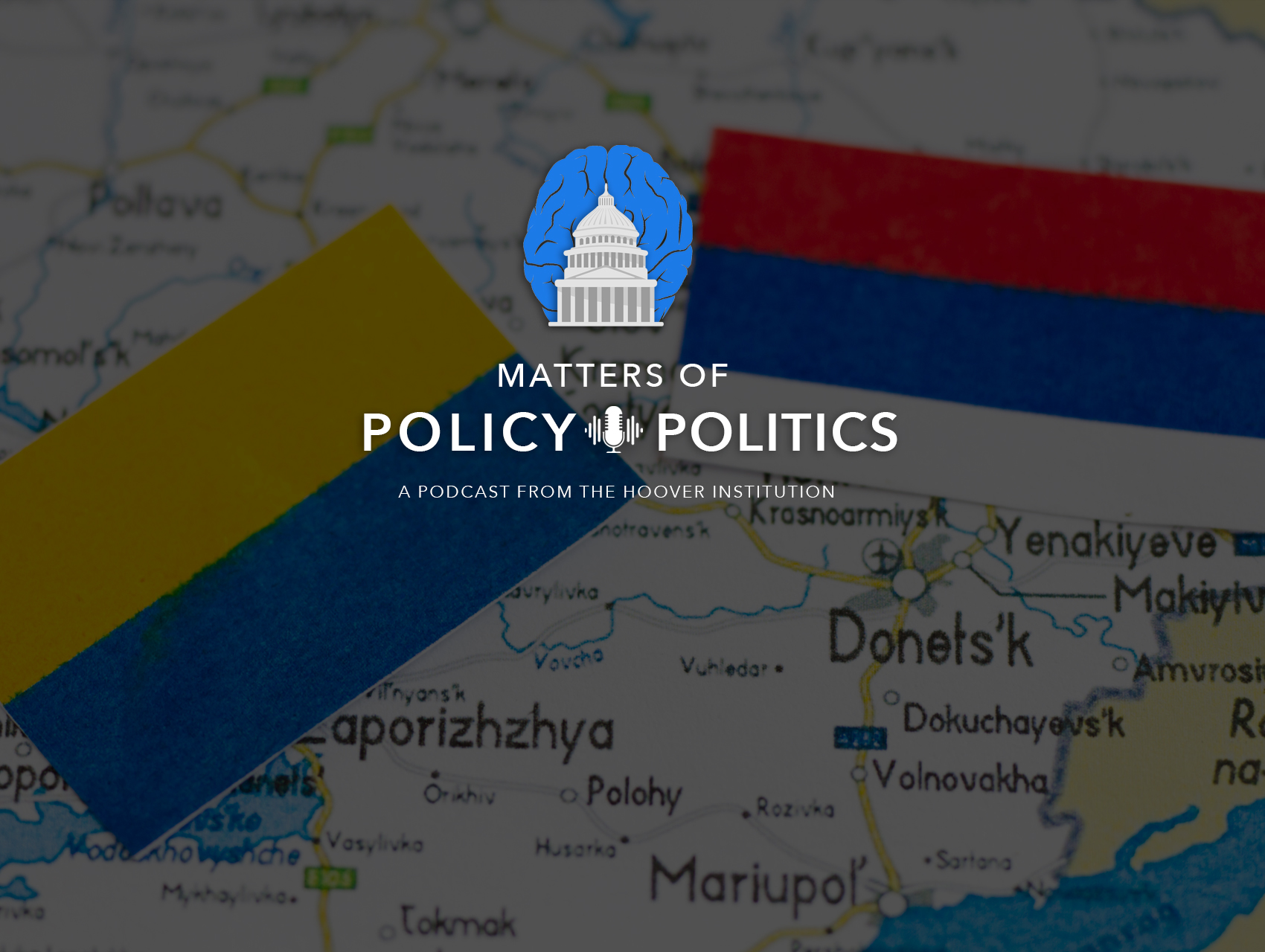Report on the Status of Women in Afghanistan and Implications for Sustainable Development Goals
Four years after the Taliban’s return to power on 15 August 2021, a comprehensive review of the human rights situation in Afghanistan reveals a systematic and severe regression in the rights of women and girls. Reports from UN Women and the UN Assistance Mission in Afghanistan (UNAMA) indicate that the de facto authorities are progressively erasing women from public life, creating a reality that directly contravenes the core principles of the 2030 Agenda for Sustainable Development.
Direct Contravention of SDG 5: Gender Equality
The situation in Afghanistan represents a profound crisis for Sustainable Development Goal 5 (Gender Equality). The implementation of nearly 100 restrictive edicts since 2021 has effectively dismantled the framework for women’s rights and participation in society.
Key Violations of Gender Equality Targets:
- Elimination from Public Life: The stated vision of the de facto authorities to completely remove women from the public sphere is the most direct assault on SDG 5.
- Restrictions on Movement: The strict enforcement of requirements for a male guardian (mahram) for women to access public spaces, including health clinics and businesses, severely limits their autonomy and freedom.
- Forced Dress Codes: Mandates requiring full-body coverings like the chador are being strictly enforced, with women being banned from public spaces in regions like Herat for non-compliance.
- Increased Violence and Harmful Practices: The prevalence of child marriage is increasing, and women face heightened risks of violence. Reports indicate involvement by de facto authorities in enforcing forced marriages, a clear violation of targets to eliminate all harmful practices.
- Exclusion from Decision-Making: An estimated 62 per cent of women report feeling unable to influence decisions even within their own homes, demonstrating a complete erosion of agency.
Impact on Associated Sustainable Development Goals
The crisis extends beyond gender equality, creating cascading negative impacts across multiple SDGs and threatening the country’s overall development trajectory.
SDG 4: Quality Education
The de facto authorities have instituted a complete ban on secondary and higher education for girls and women. This policy has catastrophic consequences for individual potential and national development.
- The ban makes it impossible for women to pursue professional careers.
- It perpetuates a cycle of dependency and poverty.
- A key statistic highlights the severity: over 78 per cent of Afghan women are not in education, employment, or training (NEET).
SDG 3: Good Health and Well-being
Restrictions on women’s education and movement have created a critical healthcare crisis, directly undermining SDG 3.
- Healthcare Professional Shortage: With women barred from higher education, the country cannot train new female doctors.
- Barriers to Access: In some regions, women are prohibited from being treated by male doctors, leaving them with virtually no access to healthcare.
- Projected Rise in Maternal Mortality: UN Women projects that these impediments will contribute to a 50 per cent increase in maternal mortality by 2026, a devastating setback for a key SDG 3 target.
SDG 8: Decent Work and Economic Growth
The exclusion of women from education and employment has crippled the Afghan economy, making the achievement of SDG 8 impossible.
- The economy is deprived of nearly half of its potential workforce.
- This exacerbates the economic devastation caused by sanctions and climate shocks.
- The high percentage of women not in education, employment, or training signifies a massive loss of human capital and productivity.
SDG 16: Peace, Justice and Strong Institutions
The current governance framework has dismantled legal and social protections for women, violating the principles of SDG 16.
- Women are denied access to justice and legal recourse.
- The rights to freedom of expression and information have been curtailed, with media outlets closed and social media monitored.
- Female humanitarian workers, who are essential for delivering aid, have received explicit death threats for their work, demonstrating a breakdown of security and institutional protection.
Conclusion: A Global Precedent and Call to Action
The ongoing and escalating crisis in Afghanistan is not merely a domestic issue but a challenge to the global community’s commitment to human rights and the Sustainable Development Goals. Despite the immense risks, Afghan women continue to demonstrate resilience, delivering essential services and seeking solidarity. UN Women Representative Susan Ferguson warns that allowing the rights of Afghan women and girls to be erased sets a dangerous global precedent, suggesting that the rights of women everywhere are disposable. Urgent and unified international action is required to address this human rights catastrophe and uphold the universal promise of the 2030 Agenda.
1. Which SDGs are addressed or connected to the issues highlighted in the article?
SDG 5: Gender Equality
- The article’s central theme is the systematic erosion of women’s and girls’ rights in Afghanistan, which directly relates to achieving gender equality and empowering all women and girls. The text explicitly states that the Taliban’s vision is “a society that completely erases women from public life.”
SDG 4: Quality Education
- The article directly addresses this goal by highlighting that the Taliban has “banned women and girls from secondary and higher education,” preventing them from receiving a quality education and creating significant gender disparities in educational access.
SDG 8: Decent Work and Economic Growth
- The exclusion of women from education and employment is shown to have severe economic consequences. The article notes it is “unduly difficult for them to get jobs” and that as a result, “almost half of the work force is not contributing to the economy in measurable ways.”
SDG 3: Good Health and Well-being
- The article connects the restrictions on women to negative health outcomes, stating, “Women are living shorter, less healthy lives.” It specifically points to impediments in accessing healthcare and a projected increase in maternal mortality.
SDG 16: Peace, Justice and Strong Institutions
- This goal is relevant due to the discussion of the legal and institutional framework being used to suppress rights. The article mentions the issuance of “almost 100 edicts which restrict how women and girls move through society,” the curtailing of expression rights, and death threats against humanitarians, all of which undermine justice and strong institutions.
2. What specific targets under those SDGs can be identified based on the article’s content?
SDG 5: Gender Equality
- Target 5.1: End all forms of discrimination against all women and girls everywhere. The article details numerous discriminatory edicts, such as requiring a mahram, enforcing specific dress codes (chador), and banning women from public spaces.
- Target 5.2: Eliminate all forms of violence against all women and girls. The article states that “women are increasingly subjected to violence, inside and outside of their homes,” and that “Child marriage is also becoming more common.”
- Target 5.5: Ensure women’s full and effective participation and equal opportunities for leadership. The article highlights the complete exclusion of women from public life and decision-making, noting that “62 per cent of women feel that they cannot even influence decisions at home.”
- Target 5.6: Ensure universal access to sexual and reproductive health and reproductive rights. This is addressed through the discussion of impediments to healthcare for women, including being banned from treatment by male doctors, which is projected to increase maternal mortality.
SDG 4: Quality Education
- Target 4.3: Ensure equal access for all women and men to affordable and quality technical, vocational and tertiary education, including university. The article directly contravenes this target by stating the Taliban has “banned women and girls from secondary and higher education.”
- Target 4.5: Eliminate gender disparities in education. The ban on education for women and girls creates an absolute gender disparity, directly opposing this target.
SDG 8: Decent Work and Economic Growth
- Target 8.6: Substantially reduce the proportion of youth not in employment, education or training (NEET). The article provides a direct statistic for this target, stating that “over 78 per cent of Afghan women are not in education, employment or training.”
SDG 3: Good Health and Well-being
- Target 3.1: Reduce the global maternal mortality ratio. The article indicates a severe regression from this target, with UN Women estimating that impediments to healthcare “will increase maternal mortality by 50 per cent by 2026.”
SDG 16: Peace, Justice and Strong Institutions
- Target 16.1: Significantly reduce all forms of violence and related death rates everywhere. This is relevant due to mentions of women being subjected to violence and “explicit death threats” against female UN workers.
- Target 16.10: Ensure public access to information and protect fundamental freedoms. The article points to the violation of this target by describing a “curtailing of expression rights more generally, with many private media outlets closing and social media accounts being monitored.”
3. Are there any indicators mentioned or implied in the article that can be used to measure progress towards the identified targets?
SDG 8 & 4 Indicators
- Indicator for Target 8.6 (and relevant to 4.3): The proportion of youth (female, in this case) not in employment, education or training (NEET rate). The article provides a precise figure: “over 78 per cent of Afghan women are not in education, employment or training.”
SDG 3 Indicators
- Indicator for Target 3.1: Maternal mortality ratio. The article provides a specific, forward-looking metric: a projected “increase [in] maternal mortality by 50 per cent by 2026.”
SDG 5 Indicators
- Indicator for Target 5.5: Proportion of women in managerial positions or with decision-making power. A proxy indicator is mentioned: “62 per cent of women feel that they cannot even influence decisions at home,” suggesting a near-total lack of influence in public and private spheres.
- Indicator for Target 5.1 (and 5.c): Existence of a legal framework to promote, enforce and monitor equality and non-discrimination on the basis of sex. The article implies a negative indicator by stating that “almost 100 edicts which restrict how women and girls move through society have been instituted,” showing a legal framework actively promoting discrimination.
SDG 16 Indicators
- Indicator for Target 16.1: Number of verified cases of killing, kidnapping, enforced disappearance, arbitrary detention and torture of journalists, associated media personnel, trade unionists and human rights advocates. The article implies this through the mention of “death threats against female humanitarians.”
4. Create a table with three columns titled ‘SDGs, Targets and Indicators” to present the findings from analyzing the article. In this table, list the Sustainable Development Goals (SDGs), their corresponding targets, and the specific indicators identified in the article.
| SDGs | Targets | Indicators |
|---|---|---|
| SDG 5: Gender Equality |
5.1: End discrimination against women. 5.2: Eliminate violence against women. 5.5: Ensure women’s participation and leadership. |
– Number of discriminatory edicts instituted (almost 100). – Reports of increased violence and child/forced marriage. – Percentage of women who feel they cannot influence decisions at home (62%). |
| SDG 4: Quality Education |
4.3: Equal access to tertiary education. 4.5: Eliminate gender disparities in education. |
– Ban on women and girls from secondary and higher education. – Part of the 78% of women not in education, employment, or training. |
| SDG 8: Decent Work and Economic Growth | 8.6: Reduce the proportion of youth not in employment, education or training (NEET). | – Proportion of women not in education, employment, or training (over 78%). |
| SDG 3: Good Health and Well-being | 3.1: Reduce maternal mortality. | – Projected 50% increase in maternal mortality by 2026. |
| SDG 16: Peace, Justice and Strong Institutions |
16.1: Reduce all forms of violence. 16.10: Ensure public access to information and protect fundamental freedoms. |
– Reports of death threats against female humanitarians. – Reports of private media outlets closing and social media monitoring. |
Source: news.un.org







